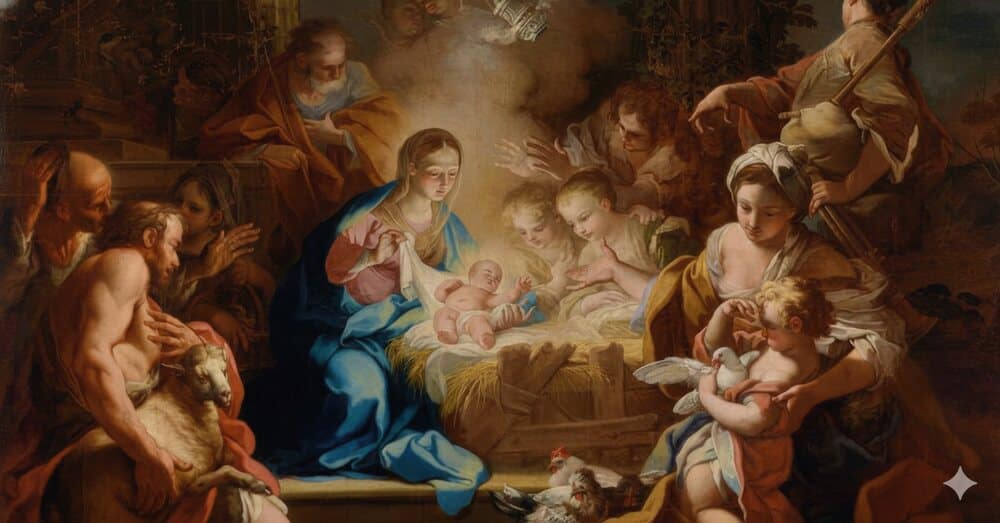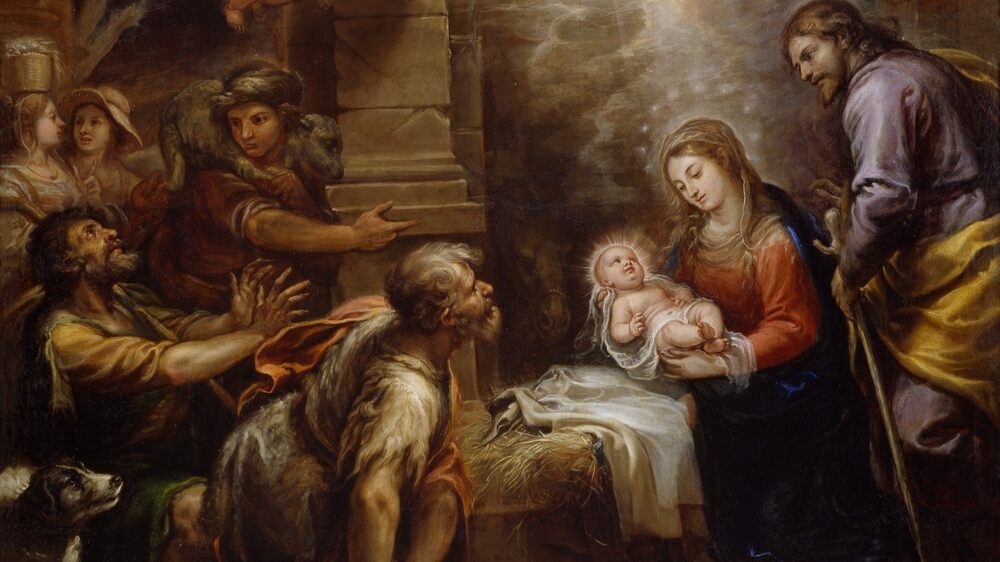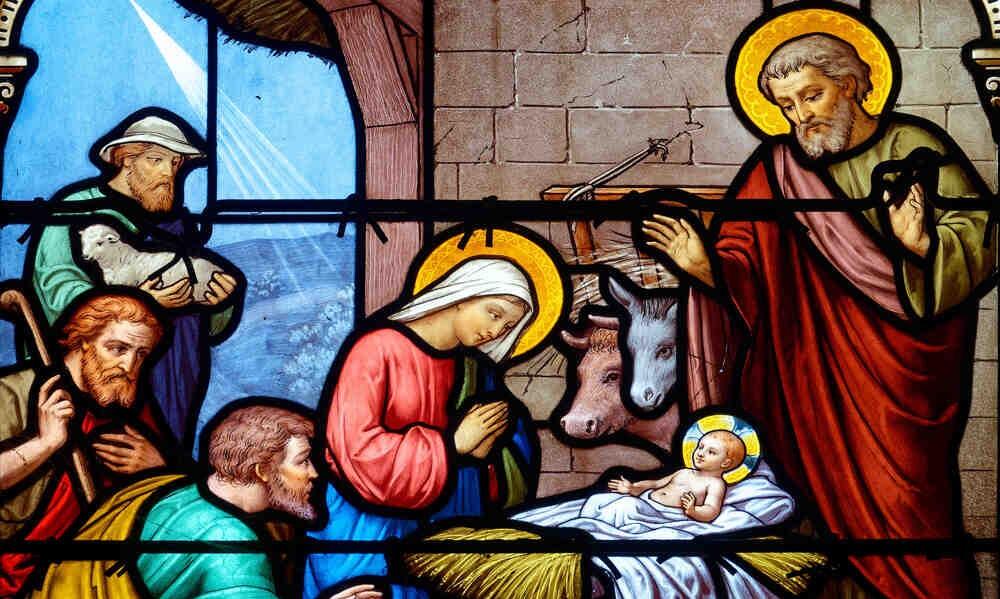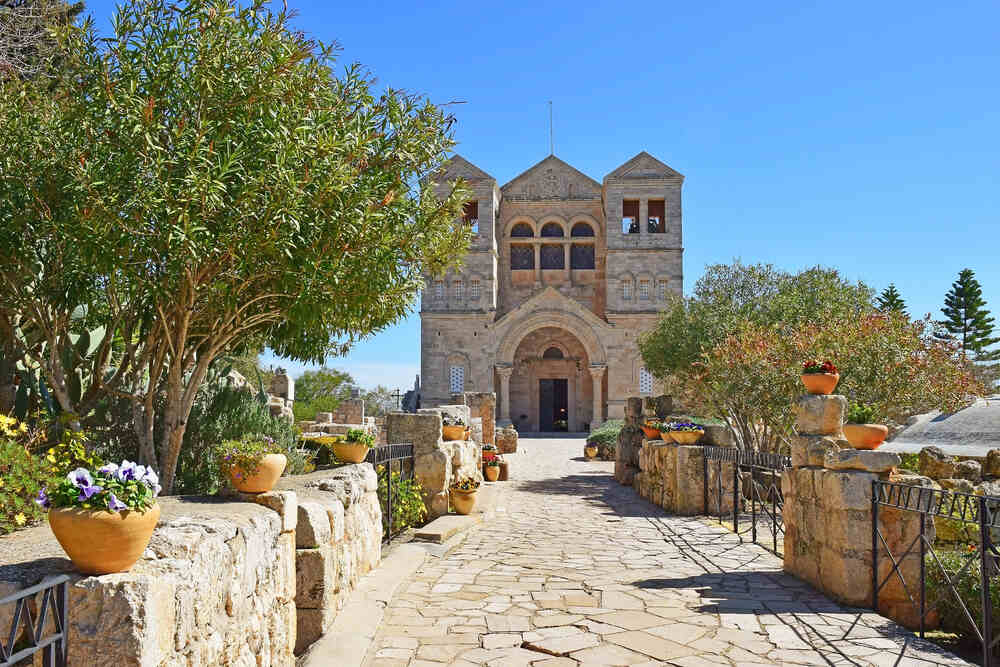You can use the Catholic Mass Times app to find the nearest Catholic church with Mass, Confession, and Adoration schedules. It will surely help you! Download it now.
Who was Saint Andrew the Apostle?
Saint Andrew the Apostle was born in Bethsaida, a city of Galilee, and was a fisherman by profession, like his brother Peter. Both were called by Jesus to follow him, leaving behind their daily lives. Andrew the Apostle is mentioned in the Gospels as the first apostles to be called, a testimony to his faith and readiness to follow Christ.
Although his name appears a few times in the Scriptures, his presence was decisive in key moments of Jesus’ life, such as when he introduced his brother Peter to Jesus (John 1:40-42). After Christ’s ascension, Andrew dedicated himself to preaching the Gospel, bringing the Christian message to various regions of the known world.
According to tradition, Andrew the Apostle died a martyr in Patras, Greece, around 60 AD. It is said that he was crucified on an “X”-shaped cross, known as Saint Andrew’s cross, and his death was a testimony to his courage and commitment to faith. Although precise historical accounts of his martyrdom vary, Catholic tradition holds that Andrew suffered a long martyrdom, preaching until the end. Devotion to Saint Andrew quickly spread throughout the Christian world, and he is revered as an apostle and an example of sacrifice and dedication to the service of Christ.
Where are his remains?
Cathedral of Saint Andrew the Apostle, Amalfi, Italy

Prayer

Powerful prayer to Saint Andrew the Apostle
In the name of the Father, and of the Son, and of the Holy Spirit, amen.
First called Apostle of our God and Savior Jesus Christ, first called follower of the Church, most praised Andrew! We honor and glorify your apostolic works, commemorate with love your blessed coming to us, remember and venerate your honorable sufferings by crucifixion, which you endured for Christ; we venerate your sacred relics, honor your holy memory, and firmly believe that the Lord lives and that your soul also lives.
You remain with Him for ages in heaven, where you have the same love for us as when, in the Holy Spirit, you foresaw our conversion to Christ. Not only do you love us, but you also pray for us to God, seeing all our needs in His light.
Thus we believe and in our faith confess, Oh Saint Andrew, blessed Apostle of the Lord, we ask and beseech our Lord, God, and Savior Jesus Christ that through your prayers, always heard and accepted by Him, He may grant us sinners all those things necessary for our salvation and holiness.
Just as you, according to the voice of the Lord, promptly left your nets and followed Him unwaveringly, may each of us not seek what is for ourselves but rather think of the care and comfort of our neighbor and support their higher spiritual vocation. And, having you as our representative and intercessor, we have hope in your prayers, which are of great value before our Lord Jesus Christ, to whom belongs all glory, honor, and worship, with the Father and the Holy Spirit, for ages upon ages.
Amen.
If you’re interested in learning more about the life and legacy of Saint Andrew the Apostle, don’t hesitate to delve deeper into his history and the places where he is venerated. Additionally, if you’re looking for a church to attend Holy Mass, the best option is to have updated schedules of nearby churches at hand.
Use the Catholic Mass Times app to find the schedules of a nearby Catholic church and attend today! Download it now.
What miracles are attributed to Saint Andrew the Apostle?
Saint Andrew is attributed with numerous miracles both during his life and after his death. Among the best known is his conversion of many people to Christianity through preaching and performing miraculous healings. It is said that in Patras, Greece, he healed the sick and freed possessed individuals. After his martyrdom, his relics have also been a source of miracles, especially in the Cathedral of Saint Andrew in Amalfi, where the phenomenon of the ‘Manna of Saint Andrew’ has been documented, a liquid that emanates from his remains and is attributed miraculous properties.
Why is Saint Andrew's cross shaped like an 'X'?
The ‘X’-shaped cross, known as Saint Andrew’s cross, is due to the tradition that recounts his martyrdom. According to the story, Saint Andrew was condemned to die by crucifixion, but asked not to be executed on a cross like Christ’s, considering himself unworthy of such honor. Therefore, he was tied (not nailed) to an ‘X’-shaped cross, which prolonged his agony for days, allowing him to continue preaching until his death. This cross became his symbol and has been adopted in various emblems and flags.
How did Saint Andrew the Apostle die?
Saint Andrew died as a martyr in the city of Patras, Greece, around 60 AD. According to tradition, he was condemned to die on an ‘X’-shaped cross by order of the Roman governor Aegeas, after refusing to renounce his faith in Christ. For two days, he remained tied to the cross, preaching to those who approached. Finally, he passed away, leaving a testimony of faith and total dedication to his evangelizing mission. His death consolidated his legacy and made him one of the most venerated apostles in the Church.
On which day is the feast of Saint Andrew the Apostle celebrated?
The Catholic Church celebrates the feast of Saint Andrew the Apostle on November 30th. This date marks his martyrdom and is commemorated with special solemnity in several countries. In Scotland, where he is the patron saint, Saint Andrew’s Day is a national holiday. In Greece and Russia, his figure is also highly venerated. The celebration includes masses, processions, and acts of devotion in his honor.












